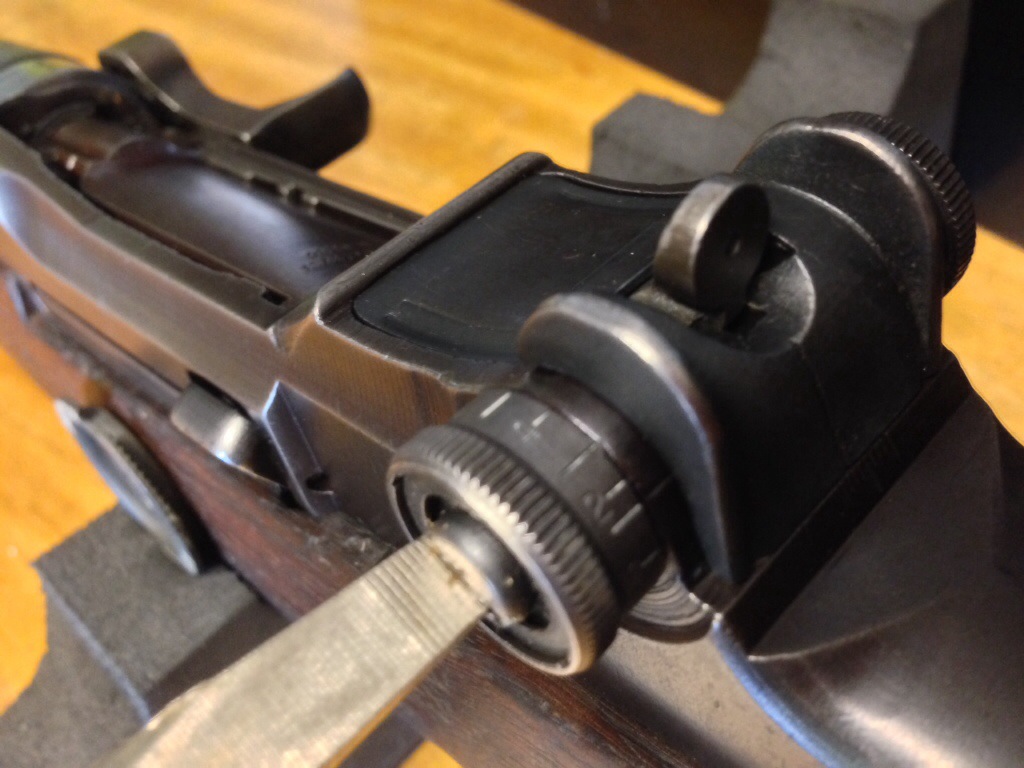I’ve been through a couple of trimmers over the years, a RCBS trim pro and a WFT. Around a year a go I also picked up a L.E. Wilson case trimmer.
Both the RCBS and the WFT have pros and cons, and have their place. I did a review of the WFT here..
The Wilson trimmer is unique in that it has different cartridge specific case holders. As opposed to the shell holders on more traditional timers, like the RCBS trimpro, which grip the base on of the case. The case holders on the Wilson trimmer balance on the rails of the trimmer between the cutter and support the case so that it makes contact with the cutter on one end and the stop screw on the other. Eliminating case rim as a contact point keeps the case length more consistent.
Set up and use is fairly simple. Adjusting the stop screw changes the case length and there is a set screw to lock the stop screw.
– Inset a case into your case holder
– Tap it in on a hard surface to secure the case
– Place the case holder on the rails
– Push the cutter against the case
– Keep your hand on the case holder keeping the base firmly against the stop screw
– Run or spin the trimmer while gently rotating the case holder on the rails.
– Stop when you hear/feel the case no longer being trimmed
– Tap the case out of the holder and repeat.
I have the drill attachment for mine and I mount it in the jaws of my vice. This set up is pretty handy for me but there are several different accessories to chose from.
I love this trimmer. Compared to the other timers I’ve tried this is far easier to set up and more consistent. I easily get less than .001 variation. It is solid once it is so there is no “drifting” like I experienced with other trimmers, so there is no second guessing. It’s so consistent that I am comfortable only measuring every 10 cases or so. I’ve never found one off more than .001.
There are only two minor “cautions” I have for this trimmer. First, be careful when holding the case holder if you let it jump the rails you can mess up the case or worse cut yourself on the cutting head, so pay attention. Second and this is really minor, keep it out of the humidity it will get surface rust quickly, I keep mine in a ziplock bag and spray it with CLP when I am done.
Bottom line it’s a constant well made tool which makes a tedious process a bit more enjoyable.
A quick video on how to use this trimer

















